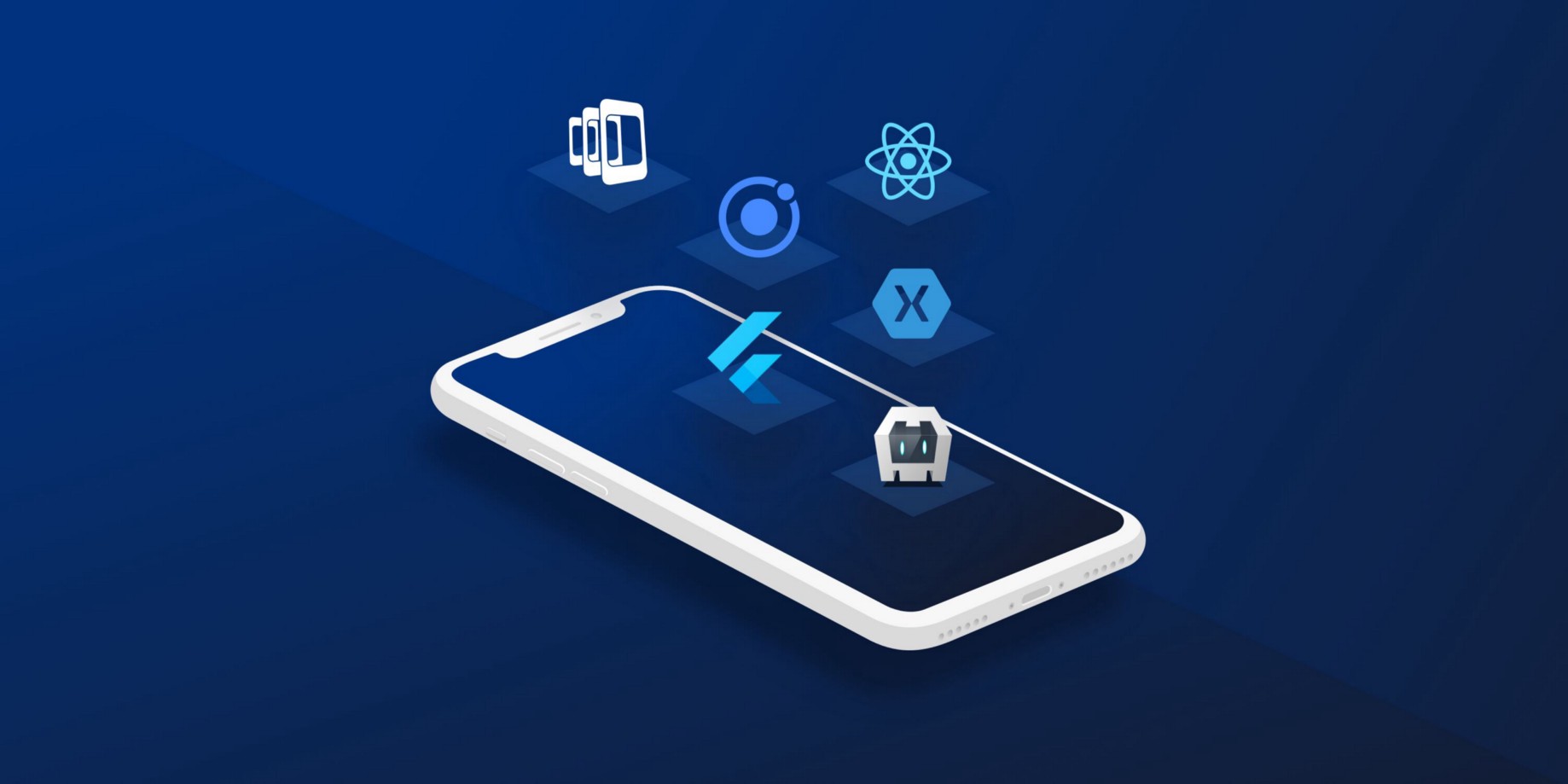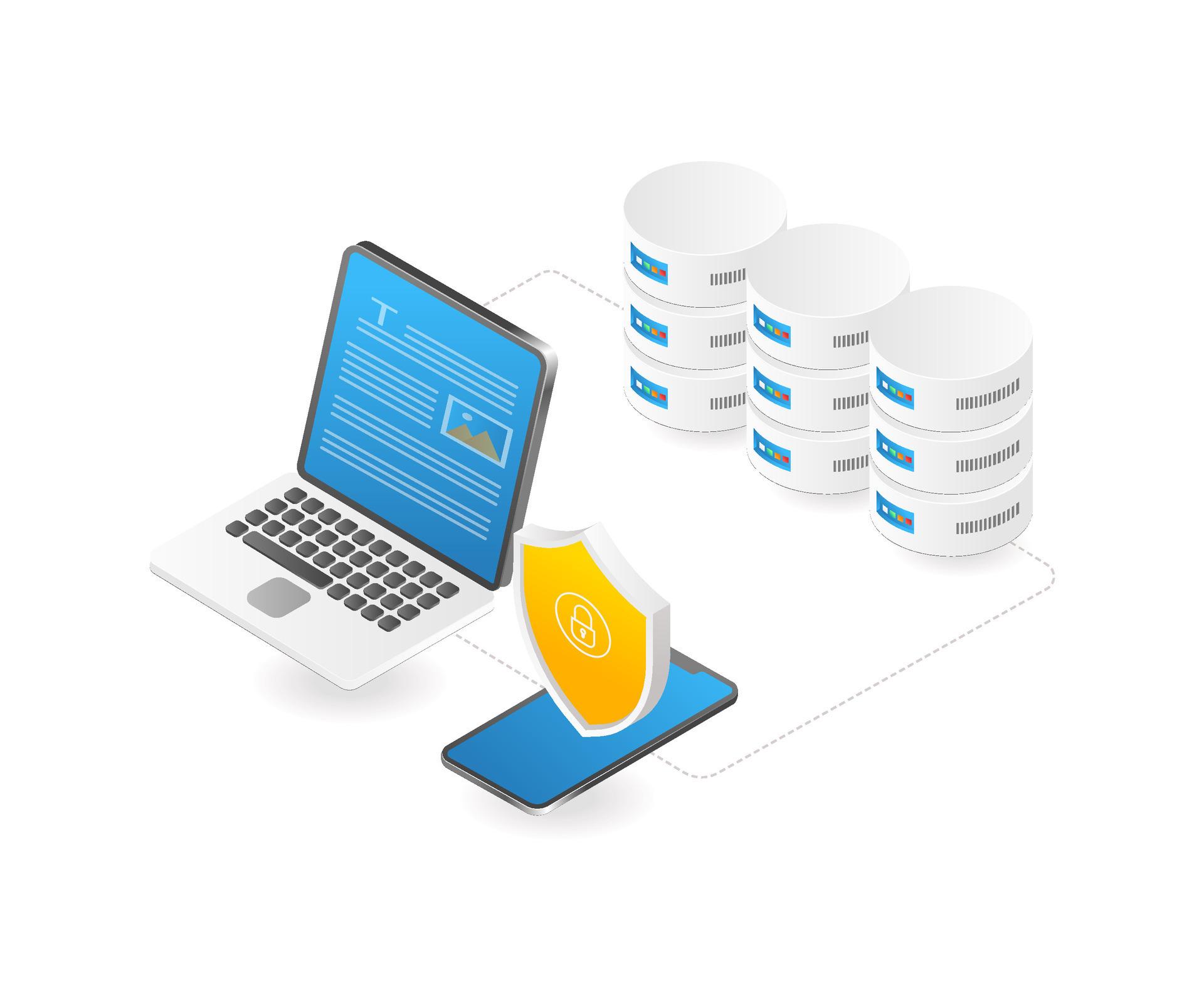Kotlin vs Swift: The Key Differences You Should Know

As titans of the modern programming language world, Kotlin and Swift are fighting it out for supremacy in their own ecosystems. Given that Kotlin and Swift are the main programming languages for creating Android and iOS apps, respectively, it is critical for developers navigating the ever-changing tech landscape of today to comprehend the subtleties and differences between the two languages. This article explains the main distinctions of Kotlin vs Swift, highlighting their distinct features, syntax, and ecosystems to help developers make well-informed decisions when choosing a language.
What is Kotlin?
As of right present, the majority of Android application developers use the Kotlin language, which has a vast user base globally. Five significant turning points have occurred in the Kotlin programming language's development history:
- It was formally introduced to the public in July 2011.
- Kotlin V1.0, the initial version of the language, was formally released on February 15, 2015.
- With the official release of Kotlin V1.2, the second edition of the programming language with new capabilities that permits source code exchange between Javascript and JVM, and its designation as the "best candidate" for the Android operating system, 2017 was the year with the greatest advancements for this language.
- Version 3 of the Kotlin language was released on October 29, 2018, and it was well-received by users.
- As of right now, Kotlin is the default programming language for Android and is included in IDE installation packages with full support from Google. This development began in 2019. To emphasize its advantages, this language is always evolving.
Advantages of Kotlin
What then are the advantages of Kotlin Android that have attracted so many supporters of this language? This is due to the fact that it has some excellent advantages that not all languages can match. The benefits of Kotlin include the following:
- Code is clear and succinct, which helps programmers save time while learning and utilizing it. It also enables a 15%–25% reduction in the overall length of the code base.
- There is no space cost to users when using open source code.
- NullPointerException errors, one of the most frequent ones when using Java to develop Android, are not present in Kotlin. Kotlin's ability to reduce and get rid of most Null references based on the null-safety method is fantastic.
- Extremely scalable: You won't be taken aback when you move to the Kotlin programming language because it is 100% compatible with Java. You can also effortlessly link application libraries and combine the two languages.
- The Android Studio and IDE prioritize support for the Kotlin language: Since 2019, Kotlin has been supported by well-known IDEs that support Java thanks to Google allowing the Kotlin language to fully participate in IDE installation packages.
Disadvantages of Kotlin
- No Aliases type exists as of yet: Programmers still have to manually write function types in Kotlin because it does not yet have aliases, which makes source code redundant.
- Kotlin's default classes are final: If you want the final class to behave like a standard Java class, you must add the Open keyword. This restriction may result in projects having source code that mixes Java and Kotlin. because the Final keyword in Kotlin code is frequently automatically omitted by various Java Frameworks. As a result, Kotlin will not function as intended by the programmer.
- Low levels of community support: There are libraries for Java and the language itself that can be used in its entirety, although many programmers feel that the official version is still superior.
- Kotlin does not generate its own data: When working with primitive data, Kotlin won't automatically cast. Given that Kotlin has a lot more exceptional features than Java, it is likely that more companies will choose this programming language for applications in the near future. Many developers and programmers also choose this kind of programming language for Android applications.
What is Swift?
Advantages of Swift
- Easily and quickly create mobile applications: Programmers can now concentrate on more challenging integrations rather than constantly running compilers and tests. Developer power and hardware wear and tear are also reduced by doing this.
- Swift code is brief, compact, and simple to understand: To be more precise, one Swift line can write three to five lines of Obj-C code. Swift features simpler object types and more logically organized code segments. This helps programmers enhance productivity during maintenance and problem fixes in the future, as well as save a significant amount of time when finishing projects. Because Swift incorporates all of Objective-C's features, programmers will have a remarkably intuitive runtime environment that is simple to use and expand upon. We are able to create applications in both Objective-C and Swift because of their seamless integration.
- Swift can be used for iOS and MacOS applications: You can create applications for both platforms as long as you master one language. Any developer or programmer wants a slice of the enormous cake that is MacOS and iOS to play with and sample. Guys, there are billions of dollars inside!
- Swift facilitates rapid application development: It contains several crucial properties because it is a modern programming language, including memory management, absence of undefined variables, array out of bounds errors, and integer overflow problems. fully automated, thus reducing the amount of time needed to do a project.
- Swift code executes extremely quickly: Apple claims that Swift is eight times faster than Python and over three times faster than Obj-C. Swift is incredibly powerful and quick, enabling programmers to write more intricate and sophisticated code with features like built-in functional programming templates, tuples, multiple returns, closures, generics, and iterators. Additionally, Swift is far safer and more secure than Objective-C.
- They are open source and available for free: Users will be able to look for security flaws, update patches and functionality, and enhance Swift plugins for the community, all of which will contribute to the growing Swift community.
Disadvantages of Swift
- Swift is a "young" programming language: it was introduced in 2014, making it far more recent than Objective C, which dates back to 1980. As a result, the Swift support community is small and will take some time to grow.
- Issues with unused applications: Since Swift incorporates so many strong frameworks, programmers who are just starting out will likely create a lot of "junk" programs in their rush to construct applications. Apple, though, will not have any trouble with this.
- Older iOS versions are not well supported: Swift has limited compatibility for earlier iOS versions because it is best suited for developing apps that run on iOS 7 and later.
The key differences of Kotlin and Swift
Are you a programmer for iOS or Android? In the area of mobile platforms, two extremely well-liked programming languages that have mostly superseded Java and Objective C are Kotlin and Swift. Choosing between Swift and Kotlin can be a challenging decision for you. Fear not—we shall contrast the primary syntactic distinctions below.
>>> Read more: Mobile Application Development: an A to Z guide
Key phrase
The majority of terms in Kotlin and Swift are synonymous and can be utilized in ways that are comparable to those in other programming languages. Nevertheless, because programs written in these two languages employ different memory models, there are some keyword changes. For instance, Swift's "weak" and "unowned" keywords assist in resolving the retain cycle issue, whereas Kotlin does not.
Modifiers of visibility
"Public," "internal," and "private" access levels are supported by both Kotlin and Swift. Swift does not allow "protected" but does provide "fileprivate" access levels.
Uses
While Swift uses the "func" keyword, Kotlin employs the "fun" keyword to declare functions. Kotlin employs a colon (:) and Swift uses an arrow (->) to define the return type. Default values and named parameters are supported in both languages.
Static techniques
Class methods in Kotlin are defined inside the 'companion object' block. 'static' is not a keyword in Kotlin. However, Swift allows you to access class functionality without having to create an instance of the class by using the 'static' and 'class' keywords. While 'static' methods cannot be overridden by subclasses, 'class' methods can.
Unchanging variables
Class variables and methods in Kotlin need to be declared inside of a "companion object" block. In Swift, all you have to do to declare a class variable is declare it like any other variable and prefix it with static'.
Parenthesis
In Swift, parenthesis are not necessary for conditionals, loops, "guard," or "switch." In Swift, parenthesis are superfluous and add extraneous syntactic noise.
Aligned if
The ternary operator is absent from Kotlin. Nevertheless, Kotlin 'if' statement can be used as an expression because it returns a value. Like most other languages, Swift also offers the ternary operator.
Interpolating strings
To interpolate the value of a variable into a string in Kotlin, place a dollar sign ($) before the variable name. Put the variable in parenthesis in Swift and start it with a backslash.
Changeability
The 'var' keyword in Kotlin assigns a variable's value. Variables designated with the 'val' keyword are immutable. Even though the class instance is declared immutable, we can still modify the value of a class variable if it is declared with the keyword "var." Collection classes in Kotlin are classified as either mutable or immutable. An immutable variable in Swift cannot have its value changed. The keyword "var" is used to declare mutable variables, and the keyword "let" is used to declare immutable variables. Loops 'for' and 'while' loops are supported in both Kotlin and Swift. The 'repeat' keyword can be used in place of the 'do' keyword in Swift, though, as it does not support loops.
Error management
Class instances that derive from the 'Throwable' class in Kotlin are used to represent errors. The 'throws' keyword is not used to indicate functions in Kotlin, nor are checked exceptions present. The try/catch/finally block is how errors are handled.
Swift uses values of types that adhere to the Error protocol to represent errors. The calling function must either catch the error or rethrow it if it calls another function that raises an error. The 'throws' keyword designates functions that throw errors. Swift lacks a 'finally' block, although cleanup operations can be carried out using the defer statement.
Controlling flow using the 'switch' statement
'Switch-case' statements are not used in Kotlin. Kotlin has a "when" statement instead. In the meanwhile, Swift's switch statement is more potent than those of other languages that resemble C.
Zero-risk
Swift and Kotlin both allow null types. In all languages, declaring a null variable is done in the same way. There are, however, a few minor variations in how null is used. To learn how null is used in these two languages, view the examples below.
Conclusion
In summary, Kotlin and Swift have similar goals of streamlining app development and increasing developer efficiency, but they also have unique features that address the particular requirements and tastes of their respective platforms. Developers who want to optimize their workflow and provide outstanding user experiences must grasp these fundamental differences, whether it is because of Swift's emphasis on safety and performance or Kotlin's compatibility with Java. At Axalize we can consult you on making the choice between Kotlin and Swift by analyzing variables like project objectives, team experience, and platform needs. Ultimately, this will help you navigate the constantly changing field of mobile app development with confidence when you are aware of the distinct advantages and limits of each language.


